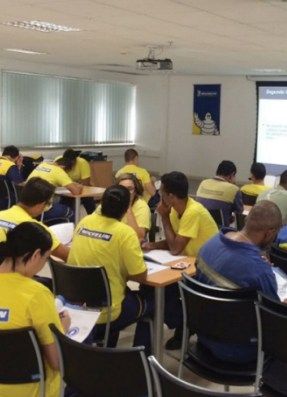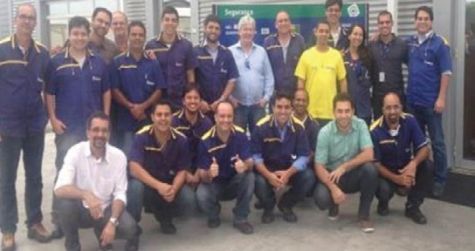In search of a programme that dealt with human factors and that complemented their existing safety initiative, Michelin implemented SafeStart. Integration of SafeStart with the internal Safety Attitude programme was carried out in February 2014. According to Sergio Cardoso, Corporate Safety Manager for South America, SafeStart was chosen as the key element of the Michelin programme because, in addition to its objective of developing a culture of risk prevention, it integrates perfectly with the pillars of the existing programme and serves as an impetus for changing the safety attitude.
What primarily drew Michelin’s attention to SafeStart was its simple, easy-to-understand concept and application to the various hierarchical levels. The main integration project actions were to reinforce the understanding of leadership responsibilities, strengthen engagement of steering committees with the safety theme, highlight positive attitudes and discredit unsafe behaviour without discipline or punitive actions. Emphasis was put on implementation training for managers and hourly staff. Employees now spread preventive behaviour in the organisation.
In the implementation phase, each unit was developed to take place over two to three months for groups of 15–20 people. Each employee participates in this classroom-style training, which includes five units of self-study workbooks with real stories about real people and demonstrates how they can learn from their common injuries. The workbooks take a non-punitive, self-discovery, 24/7 approach to safety to show the personal value and applicability of the programme. A key aspect in the implementation was the strong commitment of leadership which further established the action plans to ensure continuous improvement and sustainability.







